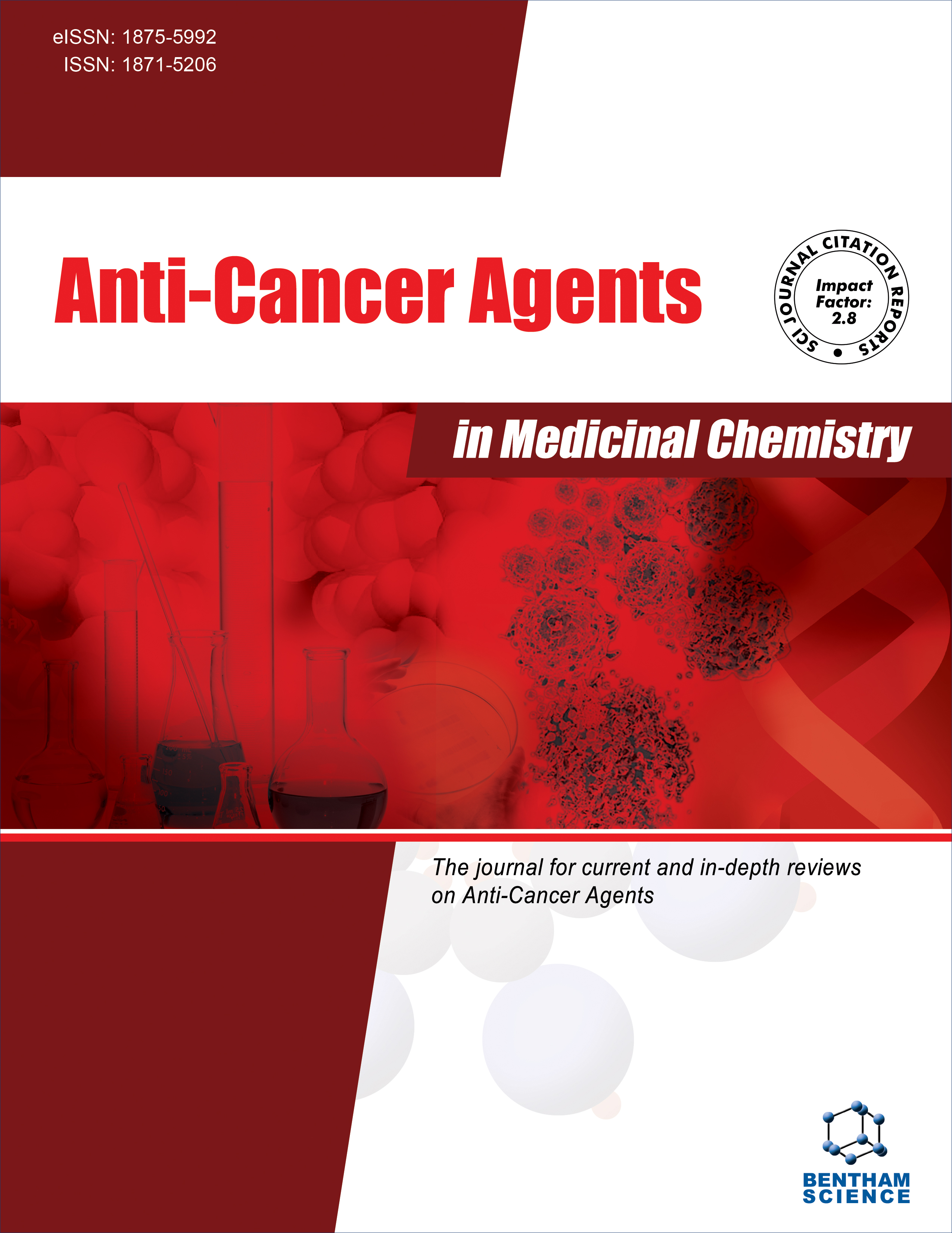
Full text loading...

Approximately 30% of patients with diffuse large B-cell lymphoma (DLBCL) develop primary resistance or relapse, owing to the high heterogeneity and aggressive nature of the disease. Consequently, novel drugs are urgently needed to improve outcomes in patients who are resistant.
This study quantified the anti-proliferative effects of CCS1477 in vitro using the Cell Counting Kit-8 assay, 5‐ethynyl‐2′‐deoxyuridine staining, and lactate dehydrogenase measurement. Flow cytometry and Western blot analyses were performed concurrently to investigate the induction of apoptosis and the activation of mitophagy. The efficacy and safety of CCS1477 were evaluated in in vivo models. To elucidate the mechanism, cell lines with EP300 knockdown and overexpression were established. Functional assays and Western blot analyses revealed that EP300 regulates apoptosis, mitophagy, and c-MYC-mediated drug-resistant phenotypes.
This study demonstrated that CCS1477, a highly selective EP300/CBP bromodomain inhibitor, significantly suppressed the progression of diffuse large B-cell lymphoma. The study revealed that CCS1477 dose-dependently inhibited the proliferation of diffuse large B-cell lymphoma cells and induced apoptosis and mitophagy. Mechanistically, EP300 downregulation promoted apoptosis and activated the PINK1-dependent mitophagy pathway while suppressing c-MYC-mediated drug resistance genes, ultimately inhibiting DLBCL cell proliferation. In animal models, CCS1477 significantly reduced tumor volume and extended doubling time, providing the first evidence of its in vivo antitumor activity against DLBCL.
Through systematic in vitro and in vivo investigations, this study validated the significant therapeutic promise of EP300/CBP inhibitor CCS1477 for diffuse large B-cell lymphoma. However, the mechanistic basis for differential sensitivity across DLBCL subtypes, along with long-term efficacy and potential adverse effects, requires comprehensive investigation. Notably, EP300 has been verified as a novel prognostic biomarker and therapeutic target; this work establishes an innovative epigenetic-targeted strategy for relapsed/refractory diffuse large B-cell lymphoma.
By selectively targeting EP300, CCS1477 orchestrates a dual pro-death mechanism involving both intrinsic apoptosis execution and PINK1-driven mitochondrial clearance, resulting in significant inhibition of diffuse large B-cell lymphoma pathogenesis.

Article metrics loading...

Full text loading...
References


Data & Media loading...
Supplements